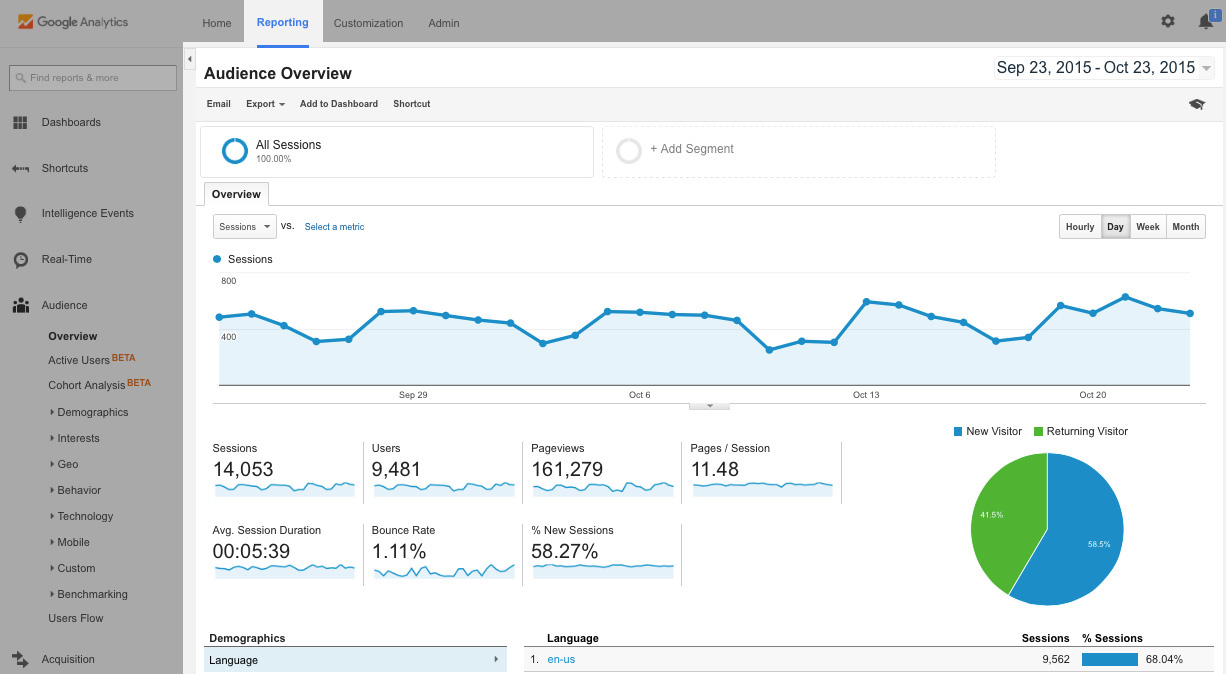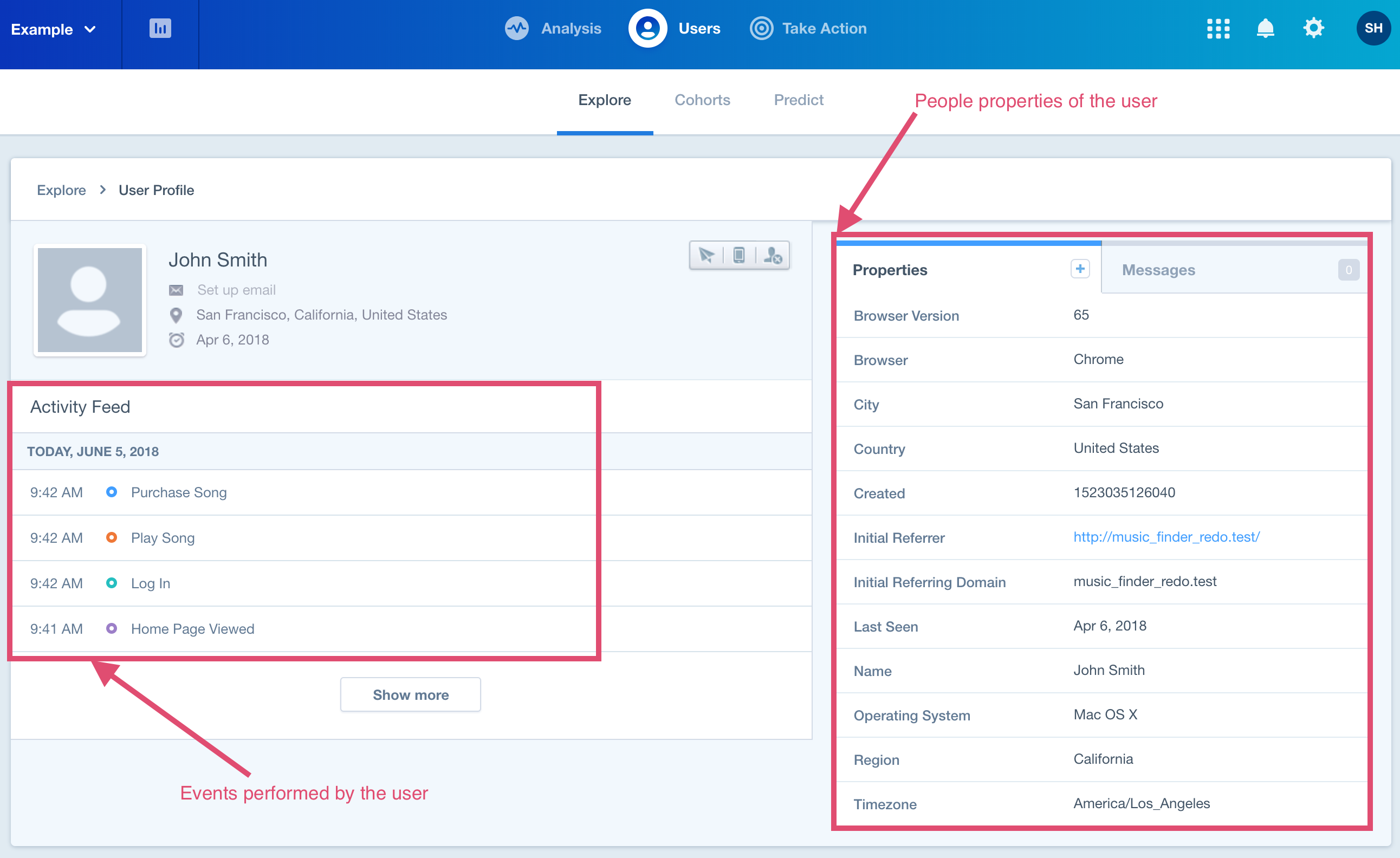Mixpanel Spins a Whole New Genre of User Analytics Tools
According to Suhail Doshi, co-founder and CEO of business analytics company Mixpanel, the formula of growth for a company is pretty simple.
First, people visit your web page. Second, people sign up for your page. Then maybe some people do something of value, such as watch a video or make a recipe. Then, people start to come back over a significant period of time. And finally, people start to spread the seed of your product by sharing it with others.
Remembering this formula for growth keeps things simple. Doshi believes that’s the way it should be, companies tend to overcomplicate the number of things they should measure and track for growth. To resolve this pain point, Doshi founded Mixpanel back in 2009.
Companies that have insight into what customers want, what they do, what influences their actions, and how they may act in the future gain a competitive advantage as they have the ability to make data-driven decisions.
But, consider that, as Doshi puts it, “all data is contestable,” really what it comes down to is having a clear-eyed view of what matters most to your customer.
Analytics platforms decode customers’ actions and make them easier to understand so companies can make smarter decisions on promotion, pricing, and management.
The goal of business analytics is to create a single, accurate view of each customer to find out how to acquire and retain them. The ability to track which customers bought what, when, and through which channels, helps companies deliver more personalized services for increased customer loyalty.
Customers are getting hip to it
There’s a whole lot of data floating around out there and companies have to remember that customers have access to most of it.
As customers become increasingly more hip to the methods of marketing, sales, and pricing, organizations are relying even more on analytics than ever before.
The modern-day customer has access to information anywhere, anytime — including what to buy, where to shop, which features to look for, and how much to pay. This inevitably results in higher expectations from brands.
A recent IBM study reveals that 85% of customers now expect a seamless experience with fast responses through an omnichannel service. Analytics help companies offer outstanding support and improve their products to respond to these high standards. The software gives organizations complete visibility into how customers use their products.
It is particularly useful for companies with technology offerings as they can collect data on how users and subscribers flow through their apps or websites. In this manner, analytics exposes significant trends, like how a user discovers a product, which features they prefer, or what drives them away.
Analytics systems also allow developers to understand who their users are as individuals. Companies can segment their users by demographics, behaviors, and interests and view their unique journeys — empowering data to more accurately cater to each customer persona.
So you’ve heard of Google Analytics but what about Mixpanel?
Most analytics platforms monitor the traffic on your app or website by page hits.
Considered the standard solution for identifying sources of site traffic, Google Analytics, used by over 3 million businesses worldwide, offers an easy and free way to track and analyze visitors.
The free software provides attribution reports, insights on how your website is performing and identifies trends to help you make well-informed decisions.
 Image credit: TBK Creative
Image credit: TBK Creative
Mixpanel works very much in the same way, however, the Y Combinator-incubated company offers advanced functionalities that allow for in-depth user behavior analysis.
Their solution takes a different approach by using an event-centric tracking mechanism that monitors visitor actions rather than page hits.
That means each and every step taken by someone who enters your website, or app, counts. It can range from a user uploading an image, sharing a post, or streaming a video.
While the cohort analysis performed by Google Analytics gives a good idea of how effective your marketing strategies are and of how many people your site attracts, it does not provide in-depth analysis such as how new visitors behave, or which features customers prefer. Mixpanel offers answers to these questions and helps you actively engage with users.
Mixpanel’s mixtape of features
If your company relies on its website solely for marketing purposes, Google Analytics provides valuable data by showing which acquisition channels have the highest conversion rate and identifying the content that earns the most interest from your target audience.
However, if your app or website is your product, Mixpanel offers detailed information that is vital for monitoring and understanding user behavior. The solution determines which channels are best for long-term retention, not merely those that generate initial conversion.
Mixpanel allows for focused and meaningful analysis by enabling users to define which events they want to track.
 Image credit: MixPanel
Image credit: MixPanel
The platform always reports in real-time, allowing you to see how your site is performing at specific moments. It can update whole data within seconds, while Google Analytics sometimes takes more than 24 hours for data processing in cases of a considerable amount of information.
And, that’s not all!
Mixpanel lets you zoom-in to the individual customer level and sends targeted messages to users based on their specific behaviors within your app or site. The platform also provides a thorough analysis of the recipients of those messages.
Google Analytics employs browser cookies to track individual users, but this mechanism is ineffective if the same person visits from multiple devices. Plus, Google Analytics’ policy prohibits any user identifiable information, which rules out behavior-based messaging.
Going a page beyond
Before launching Mixpanel, Suhail Doshi valued analytics solutions like Google Analytics but recognized a gap in the market.
While knowing how many people visit a company’s website and which content attracts them can help enhance marketing strategies and drive business growth, Doshi thought that getting actionable insights on how customers use products and what exactly they are looking for would help businesses engage with their target audience more efficiently.
Noticing that most analytics tools were tracking pageviews, Doshi and his team wondered what extra value they could add to this method. They realized that tracking customer engagement was much more powerful.

Image credit: Inc.
Doshi explains Mixpanel was founded on a simple, innovative idea, “we thought, ‘Well, let’s just track engagement instead. Let’s track the actions that people take, and let’s make it really easy to track those actions because those actions are probably more interesting than someone just going to a page.’”
Since back in the day, almost all analytics companies monitored pageviews, the Mixpanel team had to re-educate the market on tracking engagement and actions instead.
Doshi and his colleagues were able to create a demand for their software by educating journalists and investors on the value of more actionable metrics.
The Mixpanel team understood if investors and journalists were on board, they would question founders and entrepreneurs for their actual metrics, not just those free, pageview Google Analytics ones
Mixin’ up in-depth customer analysis
Mixpanel was designed to enable organizations of all sizes to monitor and thoroughly analyze user behavior.
This particular functionality was once reserved for large, heavily funded companies. But thanks to Mixpanel, customer behavior tracking has become a breeze for businesses large and small, no matter how limited their time and funding.
To focus on customer actions and real-time interactions in businesses of any size, Mixpanel might just be your go-to solution.




